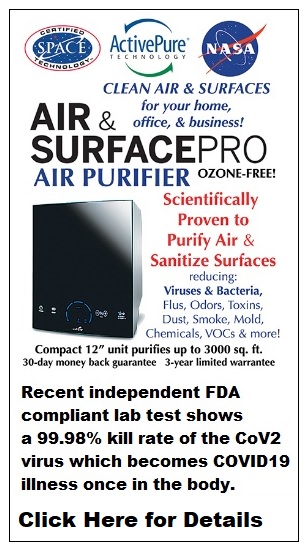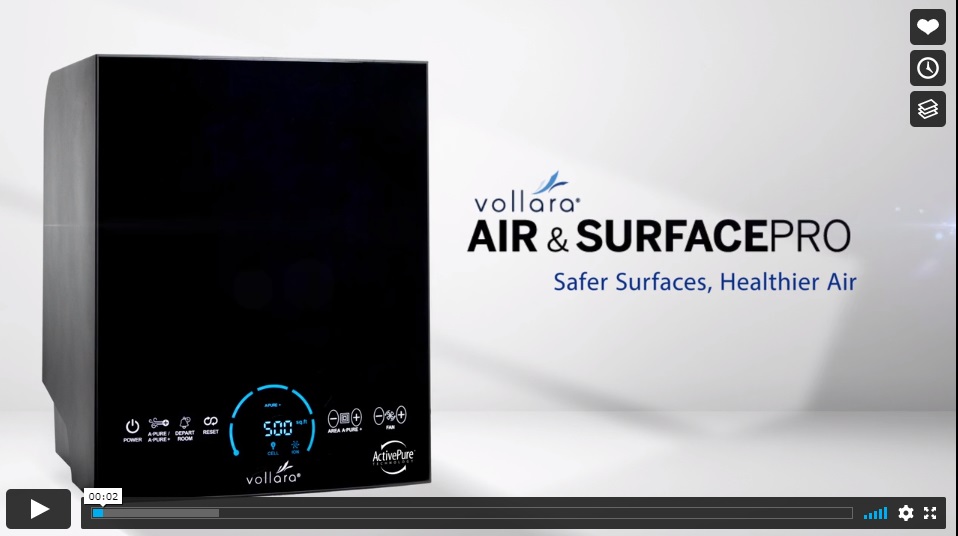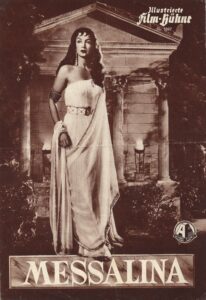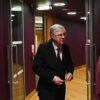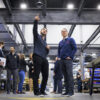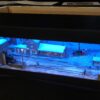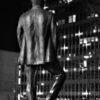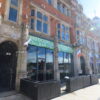Coronavirus News
Coronavirus How the NBA’s “smart rings” could protect against the coronavirus
When play resumes a month from now at Walt Disney World, NBA players will have the option of wearing an Oura Ring.Why it matters: The rings track heart and respiratory rate, as well as temperature and sleep patterns. The hope is that they can be an additional line of defense against the spread of COVID-19.…
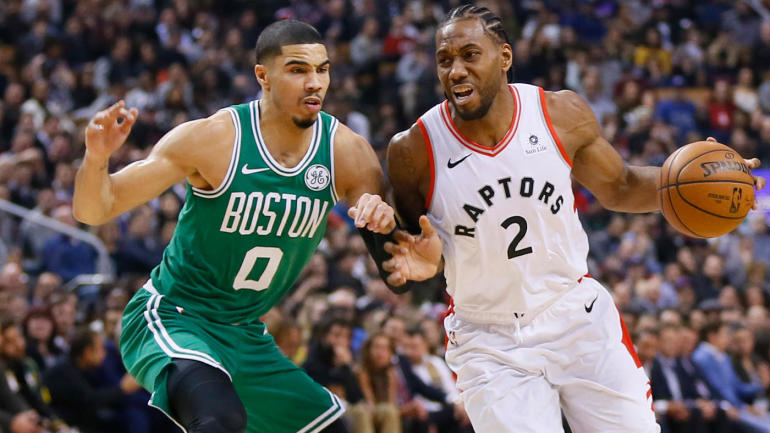
Coronavirus
When play resumes a month from now at Walt Disney World, NBA players will have the option of wearing an Oura Ring.
Why it matters: The rings track heart and respiratory rate, as well as temperature and sleep patterns. The hope is that they can be an additional line of defense against the spread of COVID-19.
Axios spoke with Oura CEO Harpreet Singh Rai to learn more about the product and why the NBA sought them out as a partner.
How does this technology work?
“Put simply, we help people understand and improve their health by focusing on better sleep. Consumers are given three scores: sleep, activity and readiness. And it’s that readiness score that’s really meant to tell users how they’re feeling.
“The most important data we collect is temperature, which we can capture on the finger, but you don’t see it on the wrist. That’s one of the key reasons why the NBA isn’t partnering with, say, Apple or Whoop.”
When did you realize Oura could be useful in tracking COVID-19?
“We had a user in Finland who made a public Facebook post in early March, basically saying, ‘I’ve had this ring for a year, I’m an avid athlete, and normally my readiness range is 80 to 90. Then all of a sudden, I woke up one day and my score was 54.’
He was asymptomatic, but he’d been traveling and his body temperature was a degree higher than normal, so he decided to contact the health authorities to get tested. Sure enough, he tested positive.”
How’d the NBA get involved?
“We had research projects going with UCSF and West Virginia University, and the data was pretty compelling. When the NBA’s wearables committee caught wind of both studies, they reached out around the end of April.
“We’ve since developed an opt-in program for all players and staffers going to Orlando. It’s too early to know exactly how many are opting in, but it’s going to be over 2,000 people.”
How will you handle privacy concerns?
“We’re working with the NBA, NBPA, Excel Sports and CAA to make sure everyone feels comfortable. Think about it — we’re tracking sleep, so a coach could ostensibly see that a player only got two hours of sleep the night before a game and decide not to start him.
“To ensure that doesn’t happen, most of the data isn’t being shared. The league and union only see something called a Risk Score, which combines heart rate, heart rate variability, temperature and respiratory rate. If the Risk Score is high enough, a team doctor is alerted and can test the player.
“It’s that informed testing, as we call it, that would make this a cost-effective solution for other leagues, including colleges, who can’t afford to test everyone daily the way the NBA can.”

Subscribe to the newsletter news
We hate SPAM and promise to keep your email address safe



